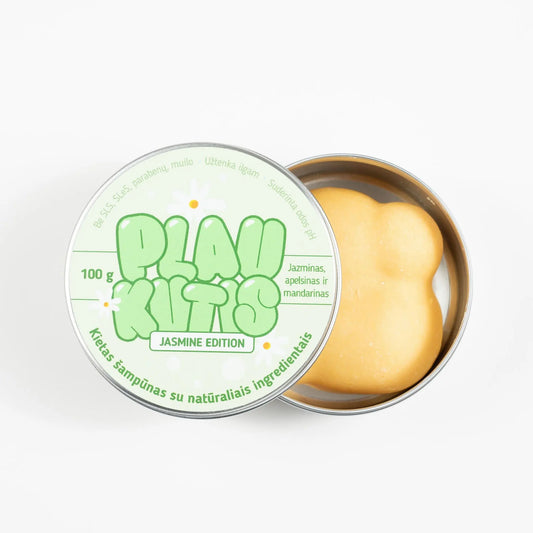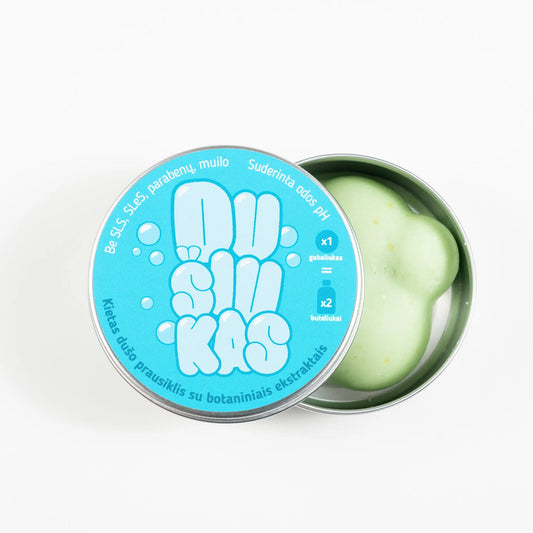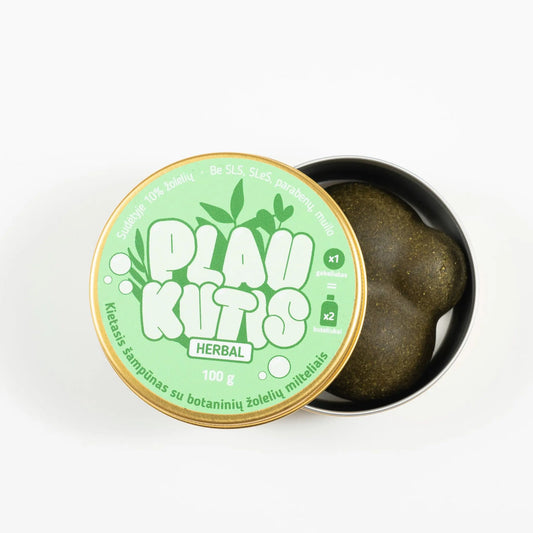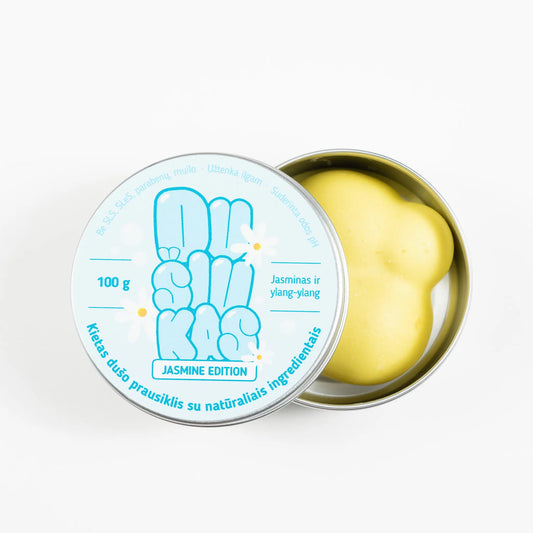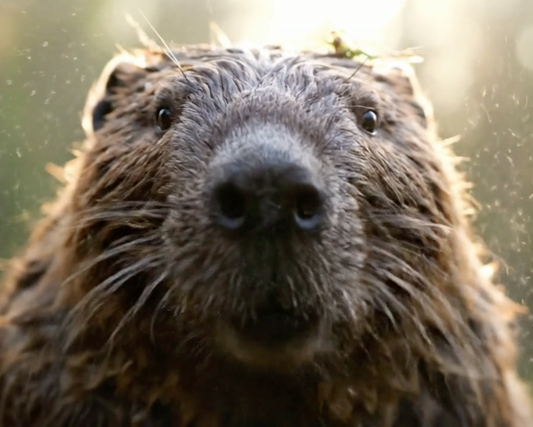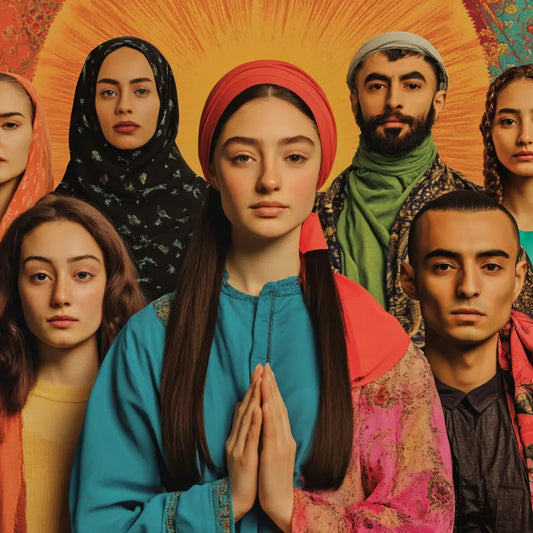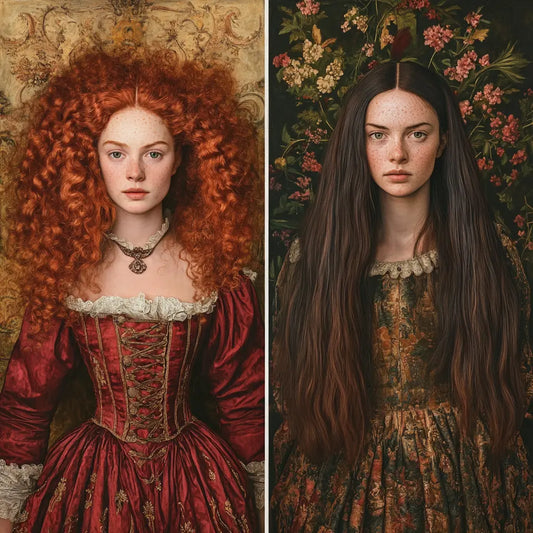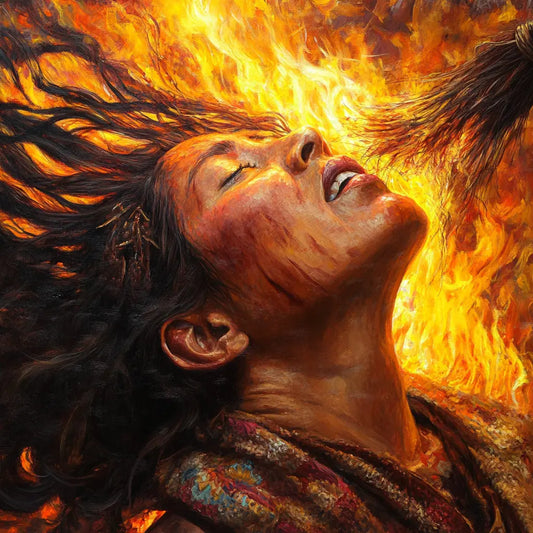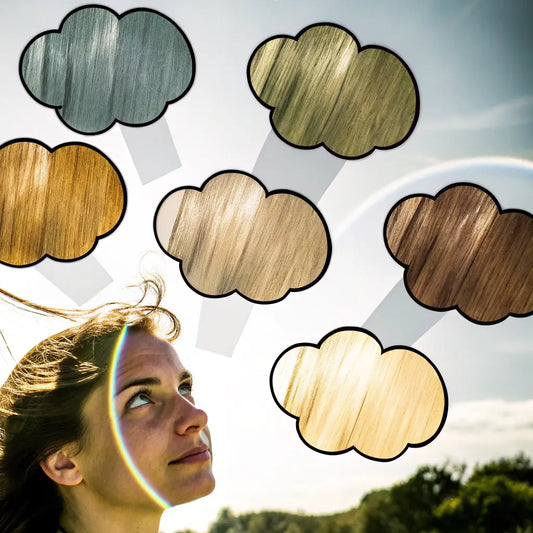Hair is as diverse as the people who have it. Hair texture, thickness, and growth patterns vary widely around the world, shaped by genetics and culture. From the tightly coiled curls of Africa to the silky strands of Asia, each hair type has its own beauty and challenges. Understanding these ethnic variations is essential to choosing the right products and care methods tailored to your specific hair needs.
This article discusses the hair types of different ethnic groups in Africa, Asia, Europe, and Latin America. Whether your hair is curly, straight, wavy, or somewhere in between, this guide will give you useful insights on how to properly care for it.
Hair types in different ethnic groups
African hair types
African hair is known for its curly texture and tightly coiled curls. The hair strands often form an S or Z shape, making it more prone to shrinking – sometimes up to 75% of its length – when it dries. This structure makes African hair often dry because it has a hard time for the natural oils from the scalp to travel through the curls. Therefore, hydration is essential to keep African hair healthy.

In African cultures, it is common to use protective hairstyles such as braids, twists, or Bantu knots, which protect the hair from environmental influences and reduce manipulation, thus preventing hair breakage. Moisturizing methods, such as the LOC method (liquid, oil, cream), are widely used to retain moisture.
Fun fact : A 2018 study found that African hair grows slower than other ethnic groups, averaging 0.9 cm per month . This makes protective hairstyles and hydration even more important for maintaining hair length and strength.
Asian hair types
Asian hair is usually straight and thick, with a smooth cuticle, which gives it a shiny appearance. It grows faster than other hair types—an average of 1.3 cm per month —and is more resistant to breakage due to its thickness. However, Asian hair can be prone to oiliness because the straight strands allow sebum to travel easily from the scalp to the ends of the hair.

Asian hair responds well to lightweight serums and shampoos that help control oil without stripping away natural shine. The most common issues are maintaining volume, as straight hair can stick to the scalp, and controlling oiliness.
Fun fact : A 2017 study published in PLOS One found that Asian hair has more cuticle layers (typically 10-11 layers) than other hair types, which contributes to its strength and shine.
European hair types
European hair types range from straight to wavy or curly. This hair is usually finer, making it more prone to breakage and thinning. European hair grows an average of 1 cm per month , although this can vary depending on genetics and environmental factors.

The most common problems associated with European hair are frizz and dryness, especially in wavy or curly hair. Many people with European hair choose lightweight moisturizing products to retain moisture without weighing down their hair.
Fun fact : A 2015 study found that 40% of European women experience some level of hair thinning by the age of 50, making scalp care and volume-boosting products a must.
Latin American hair types
Latin American hair types are often a mix of European, African, and indigenous hair textures, so they range in texture from wavy to curly. Because of this diversity, Latin American hair care routines often include techniques and products that are appropriate for different hair types. For example, hydrating oil masks and leave-in conditioners are popular to help lock in moisture for curly hair, while lighter creams are used for wavy textures.
Fun fact : A 2019 study published in the Journal of Cosmetic Science showed that hair density in Latin American populations is higher than in other regions – an average of 200-220 hairs per cm² , making hair appear fuller and more voluminous.
Unique features and common problems
Thick vs. thin hair
Hair thickness varies greatly between ethnic groups. African and Asian hair tends to be thicker, which gives it more volume and durability. However, thick hair can be more difficult to care for – it takes longer to wash, condition and dry, and it can also be prone to product build-up. On the other hand, fine hair, typical of European hair types, is more fragile and prone to breakage.
Maintaining volume in thick hair can be a challenge, but lightweight products and regular trimming can help. Fine hair requires gentle care, avoiding heavy products and using lightweight volumizing shampoos.
Fun fact : A 2019 study found that the average hair strand in people of African descent is 90 microns in diameter, while Asian hair can reach 120 microns , making it the thickest of all ethnic groups. In contrast, European hair tends to be thinner, measuring 60-80 microns in diameter.
Growth rate
Hair growth rates vary between ethnic groups. Asian hair generally grows the fastest, averaging 1.3 cm per month , followed by European hair at 1 cm per month , and African hair at 0.9 cm per month . These growth rates can be influenced by genetics, diet, and climate.
Studies have shown that people living in tropical climates often experience faster hair growth due to increased blood circulation and sunlight, which promotes vitamin D production. Meanwhile, colder climates can slow hair growth due to reduced blood flow to the scalp.
Tips for maintaining healthy hair growth :
- For African hair : Use protective hairstyles to reduce breakage and maintain length.
- For Asian hair : Choose lightweight products to control oiliness and promote scalp health.
- For European hair : Include scalp massages to stimulate blood circulation and hair growth.
Fun fact : The hair on your head is in the growth phase (anagen phase) for anywhere from 2 to 7 years , depending on your genetics. This phase determines how long your hair can grow before it naturally falls out.

How ethnicity affects hair care needs
Ethnicity and culture have a significant impact on hair care routines. For example, African hair often requires intensive hydration to combat dryness and protect the hair from damage caused by its tightly coiled structure. Moisturizing oils, such as coconut and argan oil , are often used to nourish the hair and prevent breakage.
Meanwhile, Asian hair benefits from lightweight serums that control oil without weighing it down. Because Asian hair grows quickly and is naturally straight, oil control is essential to keep the scalp and hair balanced.
European hair, which is often fine and more prone to damage, needs heat protection and hydration to stay healthy. Products that add volume and prevent product buildup are essential to maintain fullness and prevent thinning.
Hair care strategies for ethnic hair features :
- Moisturizing : African and Latin American hair types benefit from regular moisturizing and oil treatments.
- Scalp care : Asian hair needs lightweight products that control oiliness and nourish the scalp.
- Heat Protection : European hair types need protection from heat damage due to their finer texture.
Myth busting and interesting facts about ethnic hair types
-
Myth : All African hair is the same.
Fact : African hair is very diverse. It can range from tight curls to looser curls, each requiring different care. -
Myth : Straight hair doesn't need moisturizing.
Fact : All hair types need moisture. Even straight hair benefits from light conditioners to maintain shine. -
Myth : Asian hair doesn't frizz.
Fact : Although Asian hair is smoother, it can still frizz in humid conditions, especially if it is damaged. - Fun fact : On average, a person loses 50-100 hairs per day, regardless of ethnicity, as this is part of the natural hair growth cycle.
- Fun fact : Hair is made up of 95% keratin , a protein that also forms the structure of your skin and nails. Therefore, a protein-rich diet helps promote healthy hair growth.
Frequently asked questions
-
Which hair type grows the fastest?
Asian hair typically grows the fastest, averaging 1.3 cm per month . -
Why does African hair shrink more than other types?
The dense curls of African hair cause shrinkage of up to 75% , especially when they dry. -
Can people of mixed ethnicity have multiple hair types?
Yes, people of mixed descent often have hair that blends characteristics from multiple ethnic groups, such as wavy, curly, or straight sections of hair. -
What is the best way to add volume to thin European hair?
Use lightweight, volumizing shampoos and avoid heavy conditioners that can weigh down your hair. -
How to keep thick hair more manageable?
Regular haircuts, light products, and avoiding excessive heat styling can help manage thick hair.
Conclusion
Understanding your hair’s unique characteristics based on ethnicity is key to effective hair care. Whether your hair is curly, straight, or wavy, knowing its specific needs will help you choose the right products and routine. Embracing global hair diversity not only improves hair health, but also celebrates the beauty of hair in all its forms. Tailor your routine to your hair’s unique characteristics and appreciate the heritage that shapes its texture, growth, and beauty.
